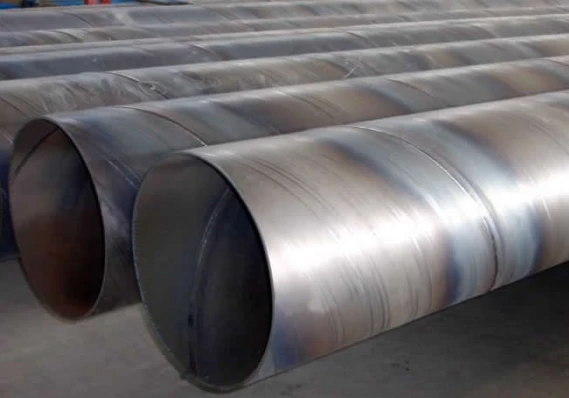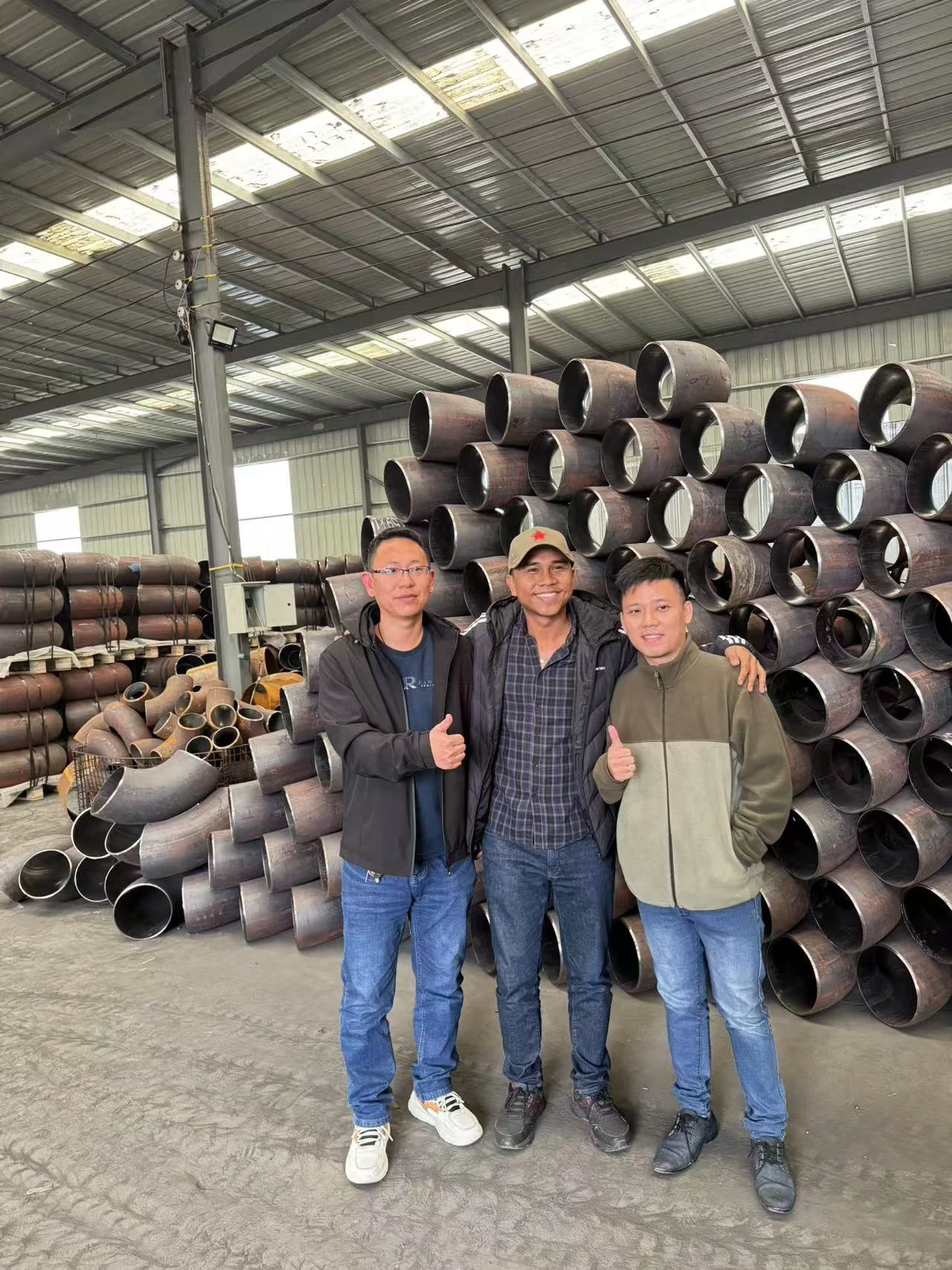-
Cangzhou Yulong Steel Co., Ltd.
-
Phone:
+86 13303177267 -
Email:
admin@ylsteelfittings.com
- English
- Arabic
- Italian
- Spanish
- Portuguese
- German
- kazakh
- Persian
- Greek
- French
- Russian
- Polish
- Thai
- Indonesian
- Vietnamese
- Zulu
- Korean
- Uzbek
- Hindi
- Serbian
- Malay
- Ukrainian
- Gujarati
- Haitian Creole
- hausa
- hawaiian
- Hebrew
- Miao
- Hungarian
- Icelandic
- igbo
- irish
- Japanese
- Javanese
- Kannada
- Khmer
- Rwandese
- Afrikaans
- Albanian
- Amharic
- Armenian
- Azerbaijani
- Basque
- Belarusian
- Bengali
- Bosnian
- Bulgarian
- Catalan
- Cebuano
- China
- China (Taiwan)
- Corsican
- Croatian
- Czech
- Danish
- Esperanto
- Estonian
- Finnish
- Frisian
- Galician
- Georgian
- Kurdish
- Kyrgyz
- Lao
- Latin
- Latvian
- Lithuanian
- Luxembourgish
- Macedonian
- Malgashi
- Malayalam
- Maltese
- Maori
- Marathi
- Mongolian
- Myanmar
- Nepali
- Norwegian
- Norwegian
- Occitan
- Pashto
- Dutch
- Punjabi
- Romanian
- Samoan
- Scottish Gaelic
- Sesotho
- Shona
- Sindhi
- Sinhala
- Slovak
- Slovenian
- Somali
- Sundanese
- Swahili
- Swedish
- Tagalog
- Tajik
- Tamil
- Tatar
- Telugu
- Turkish
- Turkmen
- Urdu
- Uighur
- Welsh
- Bantu
- Yiddish
- Yoruba

Feb . 15, 2025 11:18 Back to list
all flange types
Navigating the landscape of flange types for industrial applications can seem daunting due to the plethora of options available, each serving different purposes and offering unique benefits. As a cornerstone component in piping systems, flanges enable the secure connection of pipes, valves, and other equipment. Grasping the specifics of various flange types not only optimizes performance but also enhances safety and efficiency within a project, ensuring compliance with both technical and regulatory requirements.
5. Threaded Flanges Threaded flanges offer a unique advantage in that they can be joined to the pipe without welding, which is essential in explosive zones where welding is hazardous. These flanges are prevalent in plumbing applications for their facility of installation and removal, playing a crucial role in industries dealing with volatile substances. 6. Lap Joint Flanges Utilized where frequent dismantling of flanges is required, lap joint flanges feature a two-part assembly—a stub end coupled with a loose backing flange, providing flexibility and ease of alignment. Industries that rely on cost-effective and easily removable systems, such as the food processing industry, benefit greatly from these types of flanges. Material Considerations Material selection is an equally vital aspect when dealing with flanges. Common materials include carbon steel, stainless steel, and various alloys which help tackle issues of corrosion, pressure resistance, and thermal conditions. In highly corrosive environments, stainless steel flanges ensure longevity and durability, while in cost-sensitive areas, carbon steel offers economic benefits. Pressure Ratings Ensuring flanges accommodate the pressure within the piping system involves understanding the pressure classes certified by standards organizations like ANSI, ASME, and ISO. This assessment guarantees that flanges manage the maximum pressure encountered, reducing risks of leaks or failures. Conclusion Mastering the selection and application of flanges requires a comprehensive understanding of their types and specifications. By integrating expertise in design, material science, and industry standards, businesses can significantly influence their operational efficiency and safety compliance. In a world where reliability and productivity are paramount, having the authoritative knowledge of flange types and their appropriate usage not only elevates operational success but instills confidence and trust in industrial applications.


5. Threaded Flanges Threaded flanges offer a unique advantage in that they can be joined to the pipe without welding, which is essential in explosive zones where welding is hazardous. These flanges are prevalent in plumbing applications for their facility of installation and removal, playing a crucial role in industries dealing with volatile substances. 6. Lap Joint Flanges Utilized where frequent dismantling of flanges is required, lap joint flanges feature a two-part assembly—a stub end coupled with a loose backing flange, providing flexibility and ease of alignment. Industries that rely on cost-effective and easily removable systems, such as the food processing industry, benefit greatly from these types of flanges. Material Considerations Material selection is an equally vital aspect when dealing with flanges. Common materials include carbon steel, stainless steel, and various alloys which help tackle issues of corrosion, pressure resistance, and thermal conditions. In highly corrosive environments, stainless steel flanges ensure longevity and durability, while in cost-sensitive areas, carbon steel offers economic benefits. Pressure Ratings Ensuring flanges accommodate the pressure within the piping system involves understanding the pressure classes certified by standards organizations like ANSI, ASME, and ISO. This assessment guarantees that flanges manage the maximum pressure encountered, reducing risks of leaks or failures. Conclusion Mastering the selection and application of flanges requires a comprehensive understanding of their types and specifications. By integrating expertise in design, material science, and industry standards, businesses can significantly influence their operational efficiency and safety compliance. In a world where reliability and productivity are paramount, having the authoritative knowledge of flange types and their appropriate usage not only elevates operational success but instills confidence and trust in industrial applications.
Next:
Latest news
-
ANSI 150P SS304 SO FLANGE
NewsFeb.14,2025
-
ASTM A333GR6 STEEL PIPE
NewsJan.20,2025
-
ANSI B16.5 WELDING NECK FLANGE
NewsJan.15,2026
-
ANSI B16.5 SLIP-ON FLANGE
NewsApr.19,2024
-
SABS 1123 FLANGE
NewsJan.15,2025
-
DIN86044 PLATE FLANGE
NewsApr.19,2024
-
DIN2527 BLIND FLANGE
NewsApr.12,2024
-
JIS B2311 Butt-Welding Fittings LR/SR 45°/90° /180°Seamless/Weld
NewsApr.23,2024











